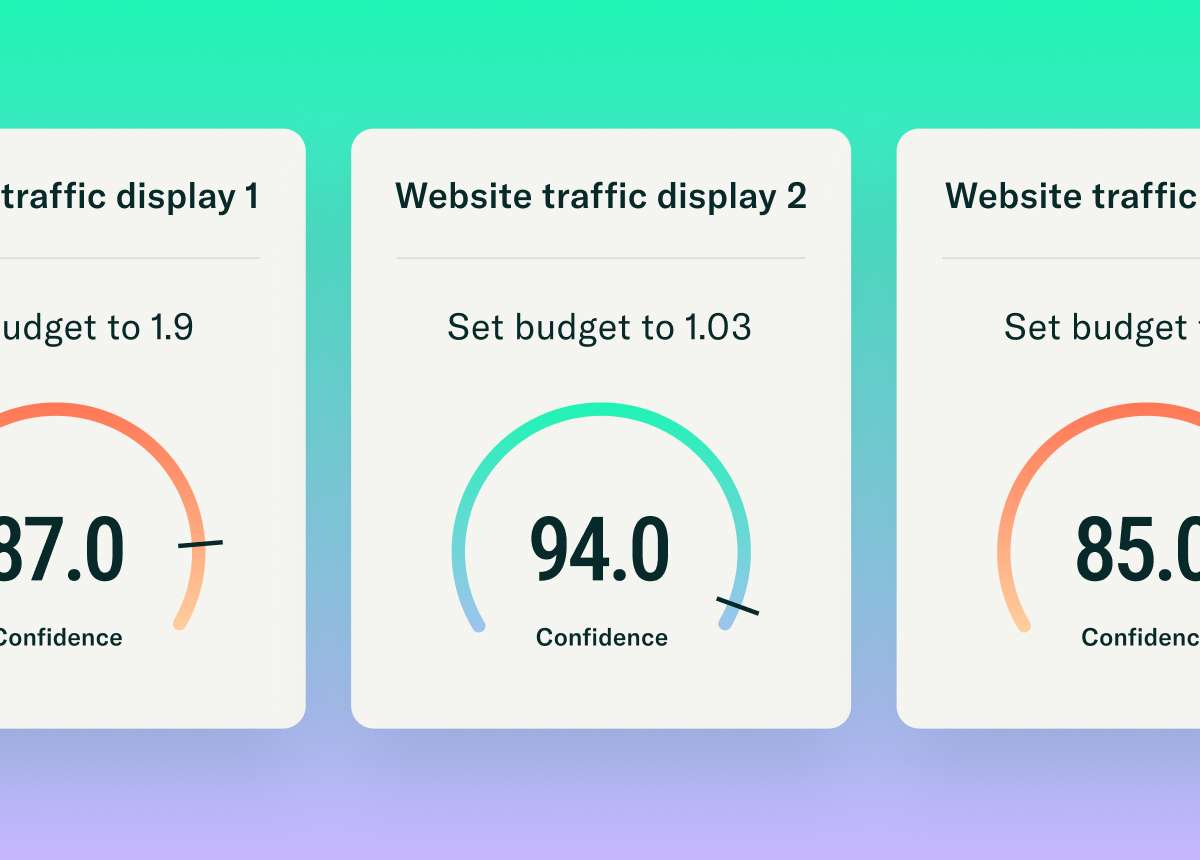Resources

2025 Google & Meta Ads Benchmark Report

2025 Google & Meta Ad Performance Benchmarks: Apparel & Footwear

The Pixis Guide on How to Excel as an AI-first Marketing Leader in 2024

Preparing for Seasonality and Trend-based Demand with AI

Navigating Performance Marketing with AI: The Holiday Season Edition

An AI-Marketer's Guide to Allocating Budgets Smartly

User Acquisition: A Complete Guide to Maximum Conversions at Minimum Costs

A Guide to AI-Powered User Acquisition on Meta Ads and Google Ads

Conversion Rate Optimization: Maximizing Conversions Through Data-driven Strategies


